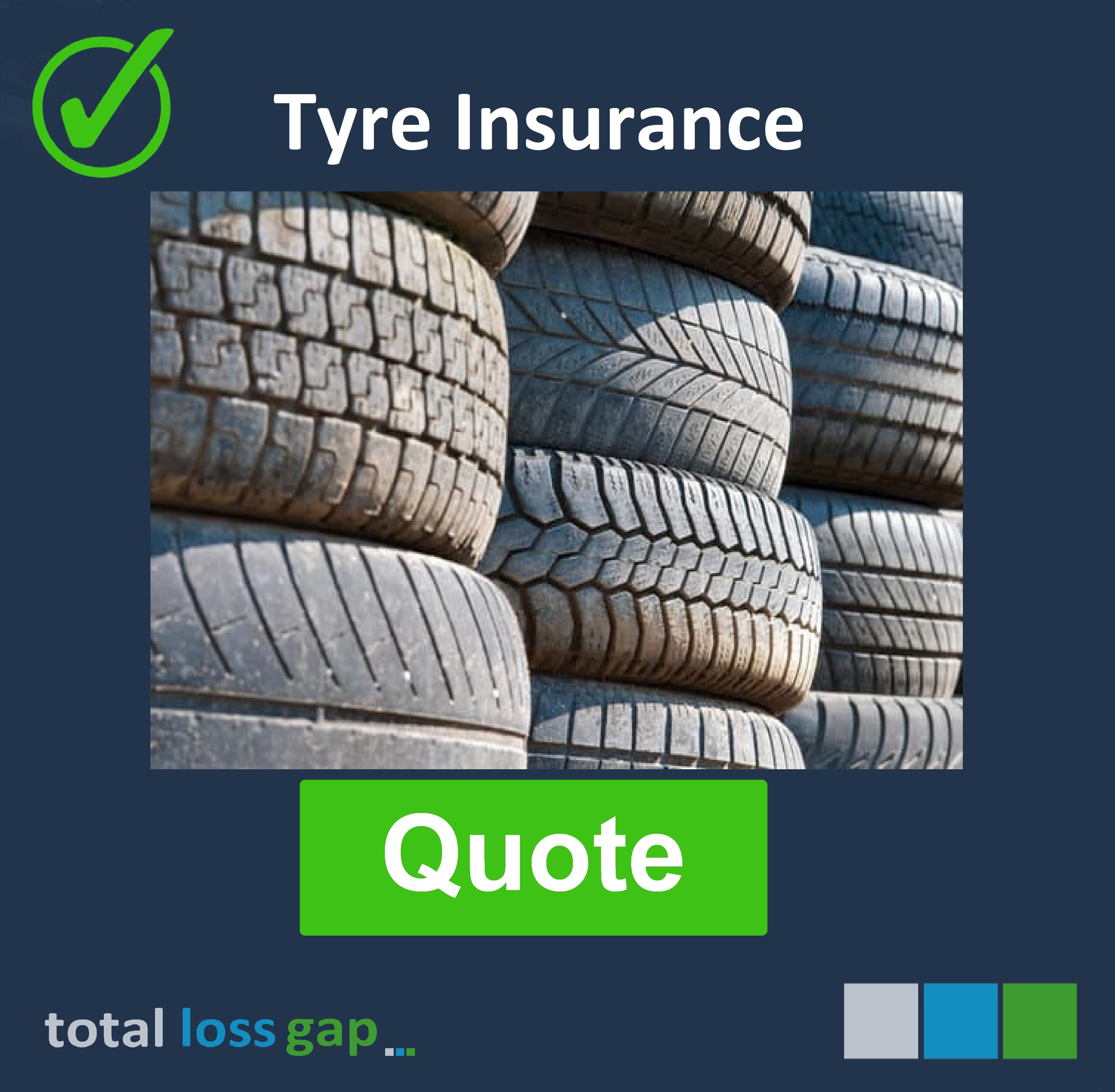Customer Service Lines Open Mon-Fri 9am-6pm



[ Contact Us ]
Need Help? Calling from a mobile please call 0151 647 7556
0800 195 4926Do you have a question? or need help?
Customer Service Lines Open Mon-Fri 9am-6pm, Closed Saturday & Sunday
If you're trying to save money on car maintenance, a set of second-hand tyres might seem like a smart buy. They're cheaper, often easy to find, and sold in tyre retailers and online across the UK.
But there's a serious problem: many part-worn tyres are being sold in dangerous, illegal, or borderline conditions. Worse still, most buyers have no idea what they're putting on their cars.
Calls are mounting for the government to step in. Motoring bodies, safety campaigners, and consumer watchdogs say the system is broken, and until it's fixed, part-worn tyres risk not just the people buying them but everyone else on the road.
According to a recent investigation by AutoExpress, between six and eight million part-worn tyres are sold in the UK every year, a considerable number.
However, multiple investigations by local trading standards, consumer groups, and motoring journalists show that many of these tyres wouldn't pass an MOT.
Some have illegal tread depth. Others show signs of sidewall damage or previous repairs in unsafe areas. Some have exposed cords or serious age-related cracking. (1).png)
In many cases, tyres are sold without being pressure-tested or checked internally for hidden damage.
A 2024 Auto Express investigation found that over 70% of part-worn tyres inspected failed to meet legal safety standards. In one test, tyres described as "roadworthy" had significant internal splits that couldn't be seen from the outside. Others had been patched up in ways that breached British Standards.
Under UK law, second-hand tyres must:
But enforcement is patchy. Many sellers operate without proper checks or certification. Some import tyres with no traceable origin. And buyers, often unaware of their rights, don't know what to look for or who to report problems to.
Unlike new tyres, which come with manufacturer warranties and compliance testing, part-worn tyres are largely unregulated once they enter the second-hand market. Campaigners want to close that gap.
Worn or damaged tyres don't behave like safe ones. They take longer to stop, especially in the wet. They're more prone to blowouts. And they can mask structural damage that could fail under stress.
If a part-worn tyre has been poorly repaired, especially in or near the sidewall, it could fail without warning.
That's a nightmare scenario if you're on a motorway, or navigating a bend.
Even if a tyre looks fine on the outside, it might have been run flat, overheated, or stressed to the point of internal weakening.
Let's not forget the financial risks. If you're in a crash and your insurance provider finds you were using unsafe or illegal tyres, you might not be covered. The savings you made by buying cheap could cost you everything.
The list is growing. Auto Express, TyreSafe, the NTDA (National Tyre Distributors Association), and IAM RoadSmart have all called for tighter regulation.
Some of the proposed changes include:
TyreSafe, in particular, has been vocal about the risks, urging motorists to treat part-worn tyres with the same suspicion they'd have for second-hand parachutes or lifejackets. The comparison may sound extreme, but the principle is the same: your safety depends on something you can't fully inspect.
Let's be honest, many people will continue to buy part-worn tyres for economic reasons. But that doesn't mean they have to be unsafe. Here's what to look for:
If a seller refuses to let you inspect the tyre or brushes off questions, walk away.
You may also like: Tyres - a few facts and figures
No one is saying all part-worn tyres are bad. In some cases, they're nearly new taken off lease vehicles or showroom cars and sold at a discount. The problem is the rest: tyres with unknown histories, invisible damage, or poor repairs.
Without better regulation, the UK market for second-hand tyres remains a bit of a Wild West. It's too easy to buy something unsafe. And it's too hard for honest consumers to tell the difference.
Until that changes, some experts say the government should act and drivers should think twice before fitting something they wouldn't trust at 70mph. 
Sources :
AutoExpress - Part Worn Tyres - Are they safe?
British Tyre Manufacturers’ Association (BTMA) part-worn tyre guidelines